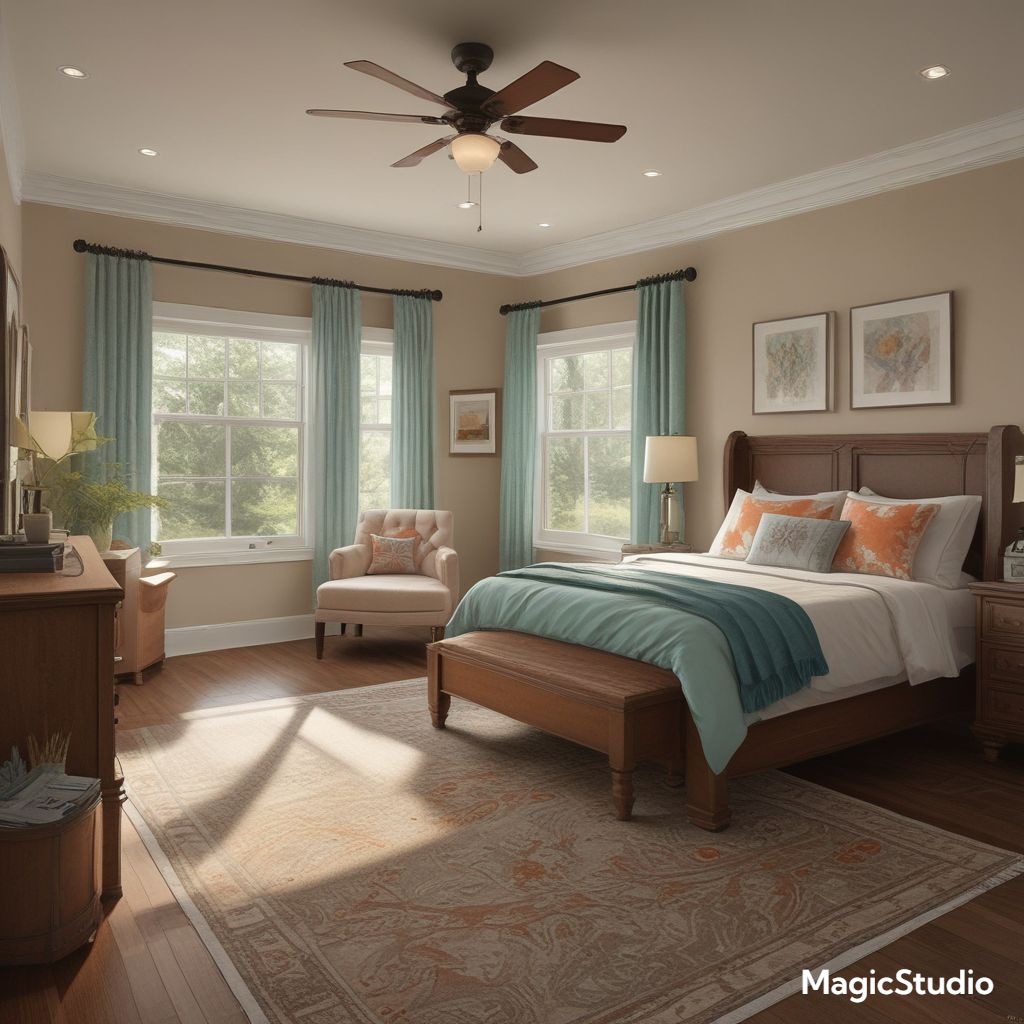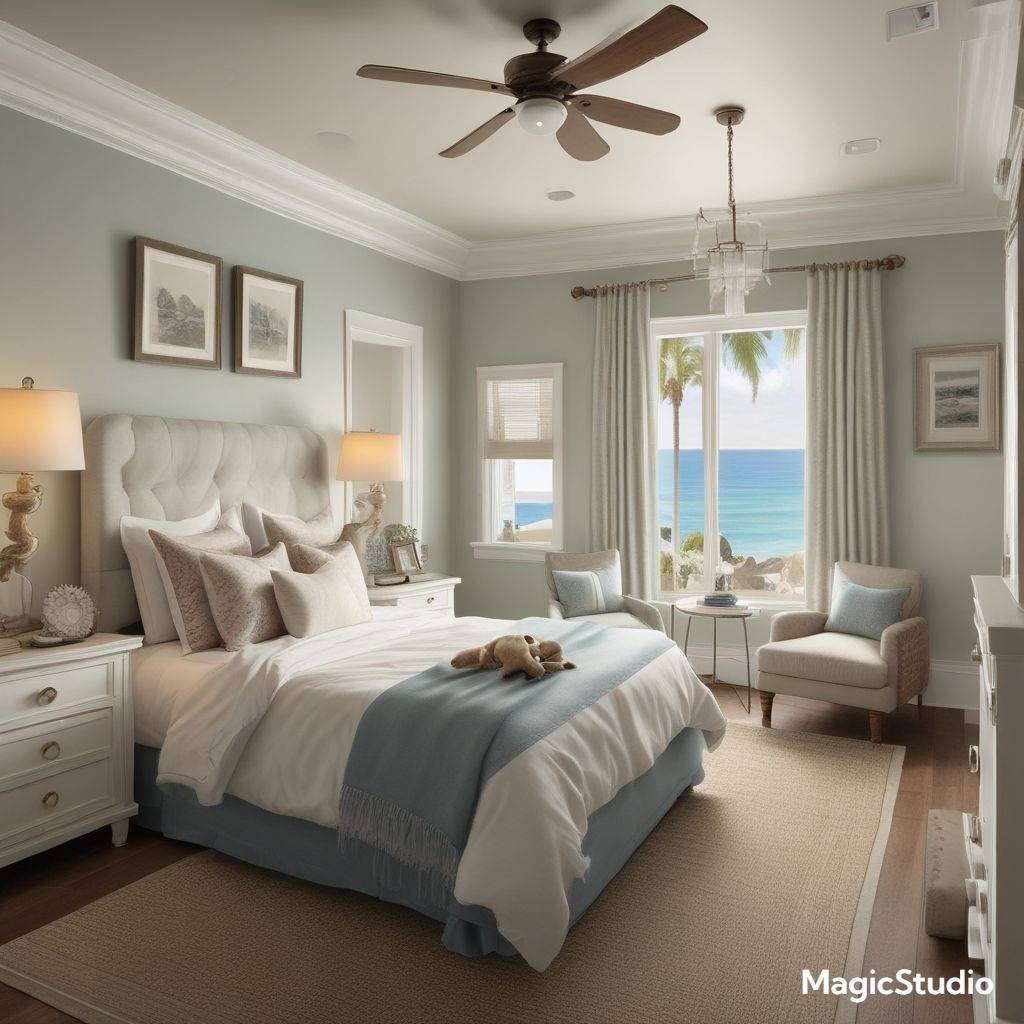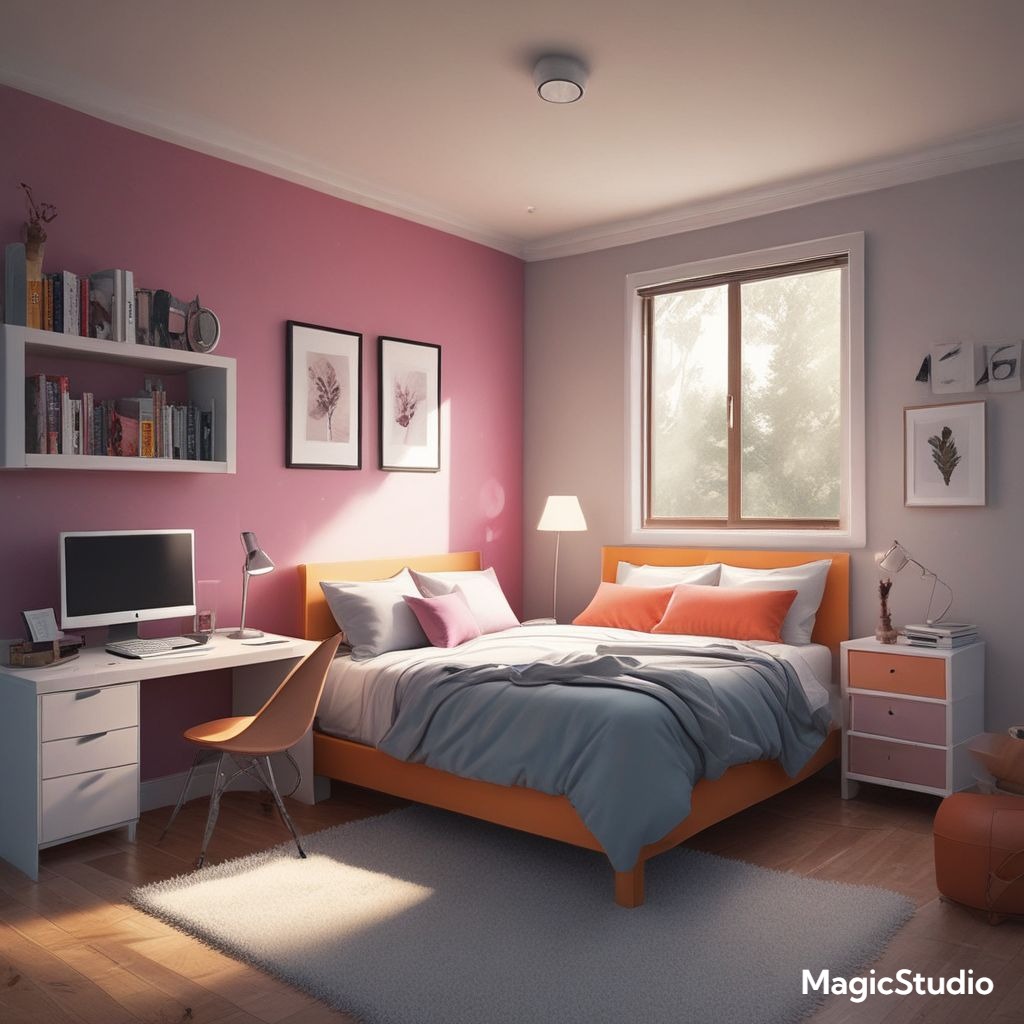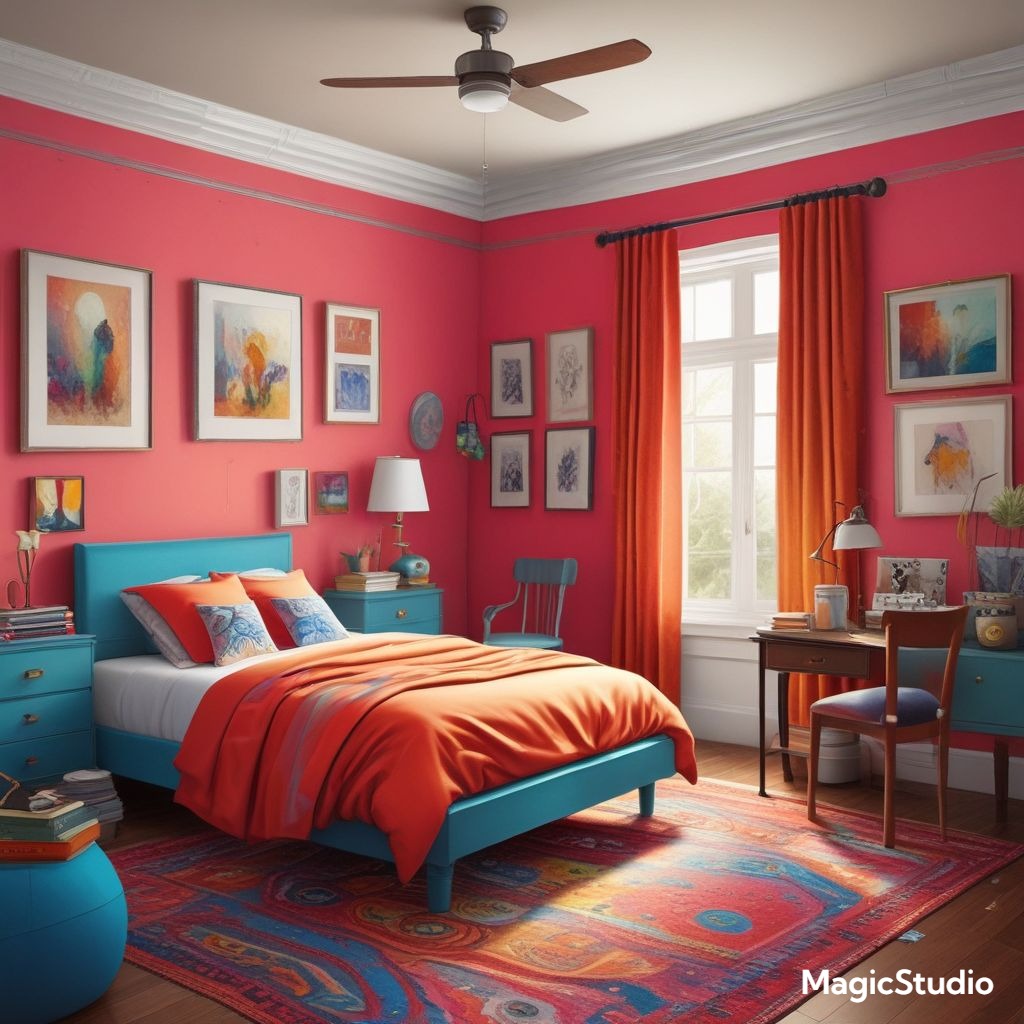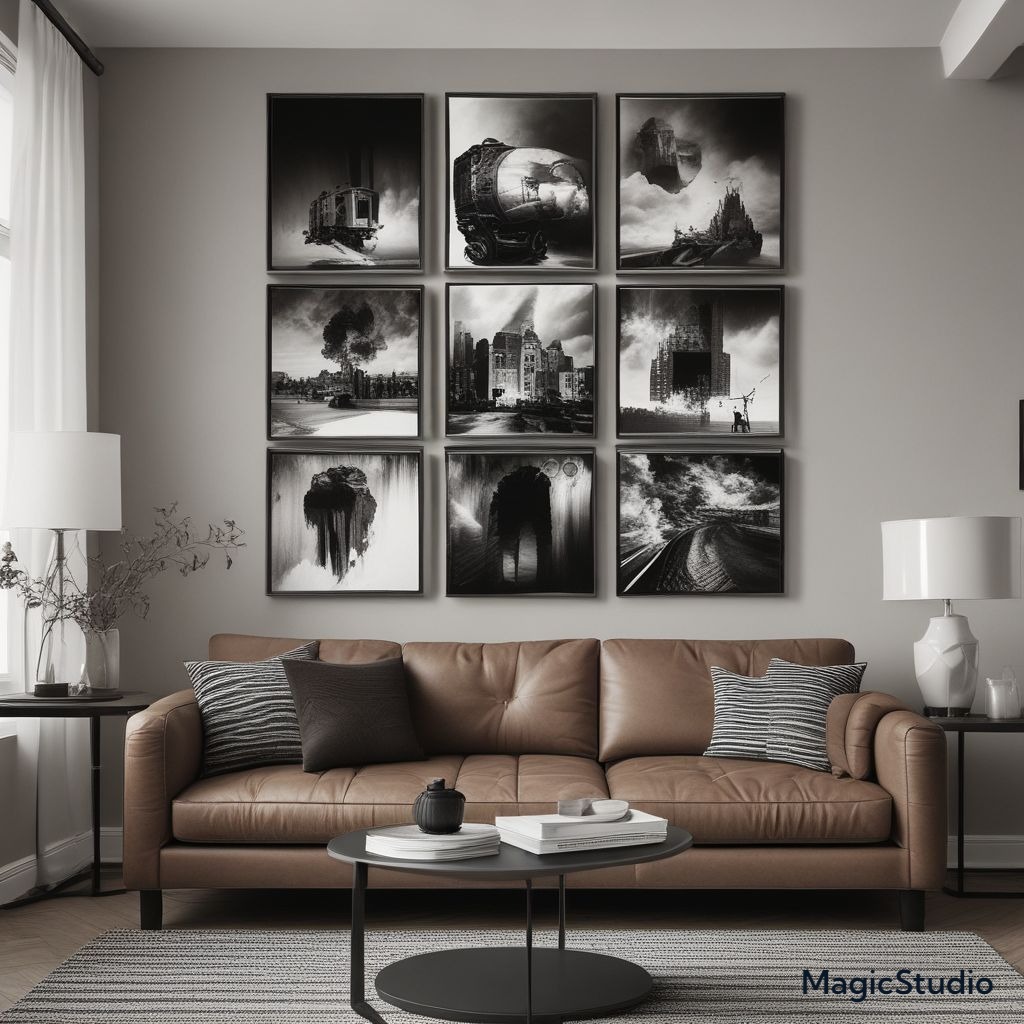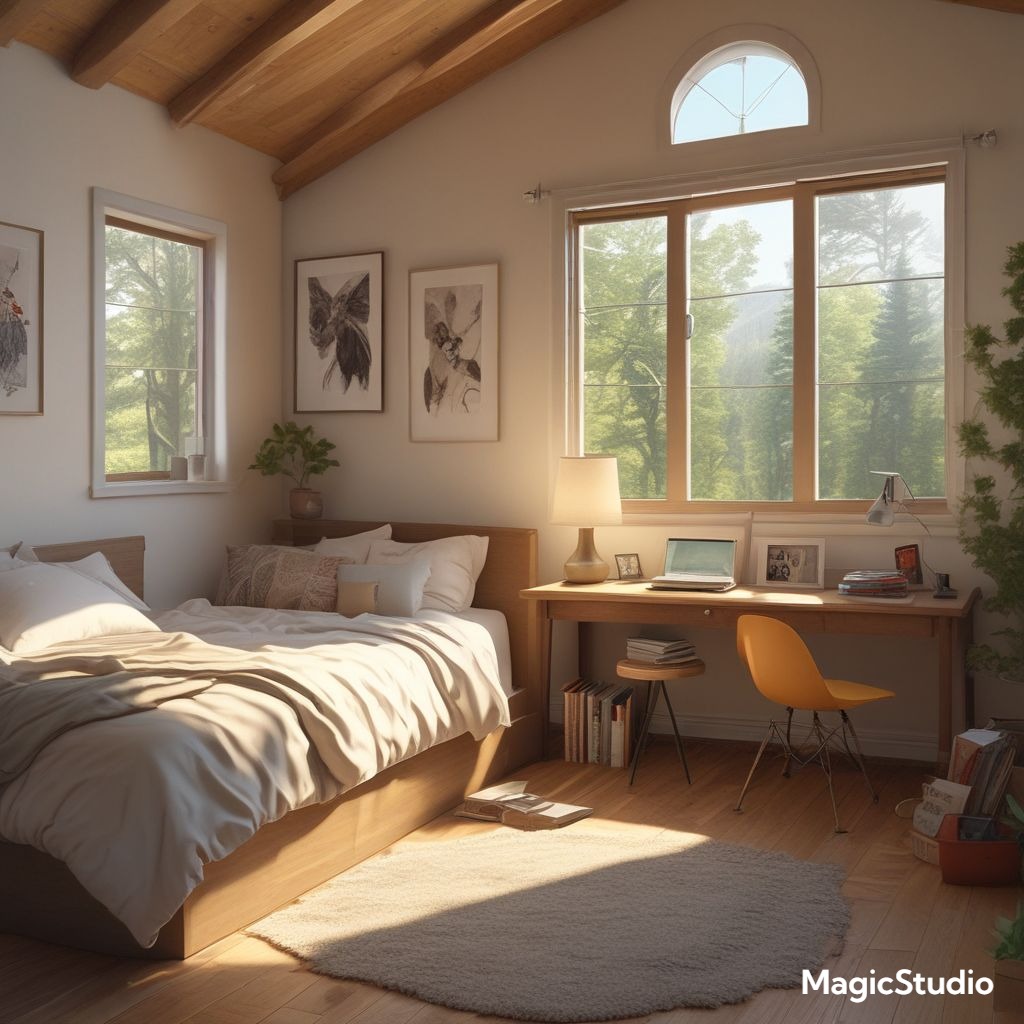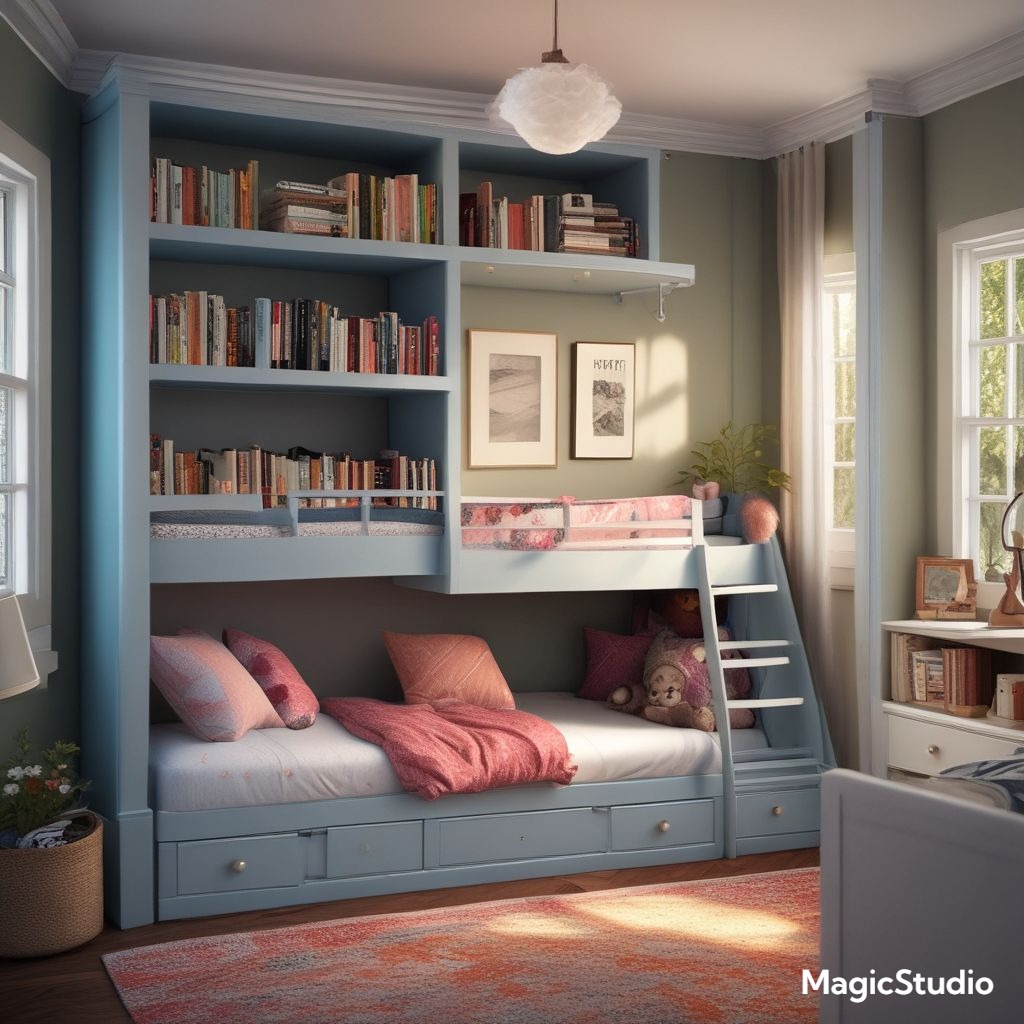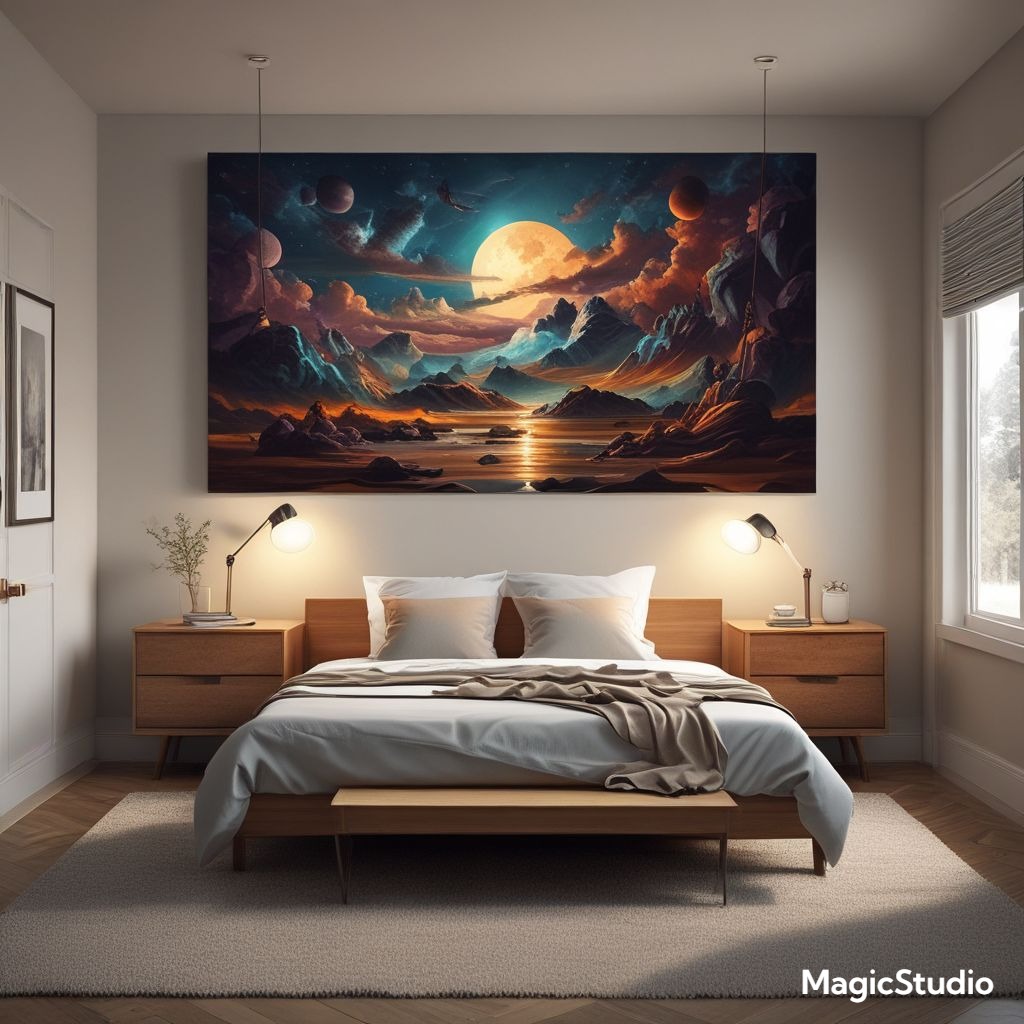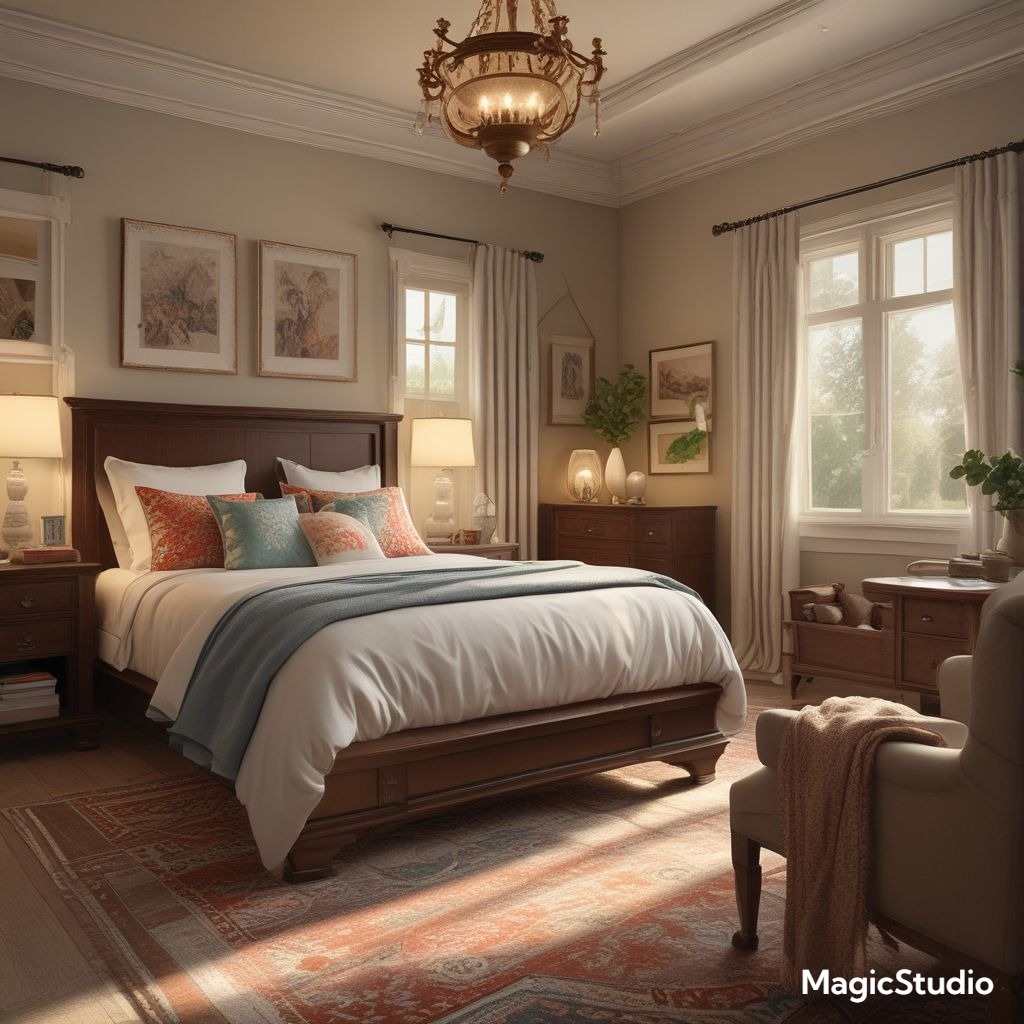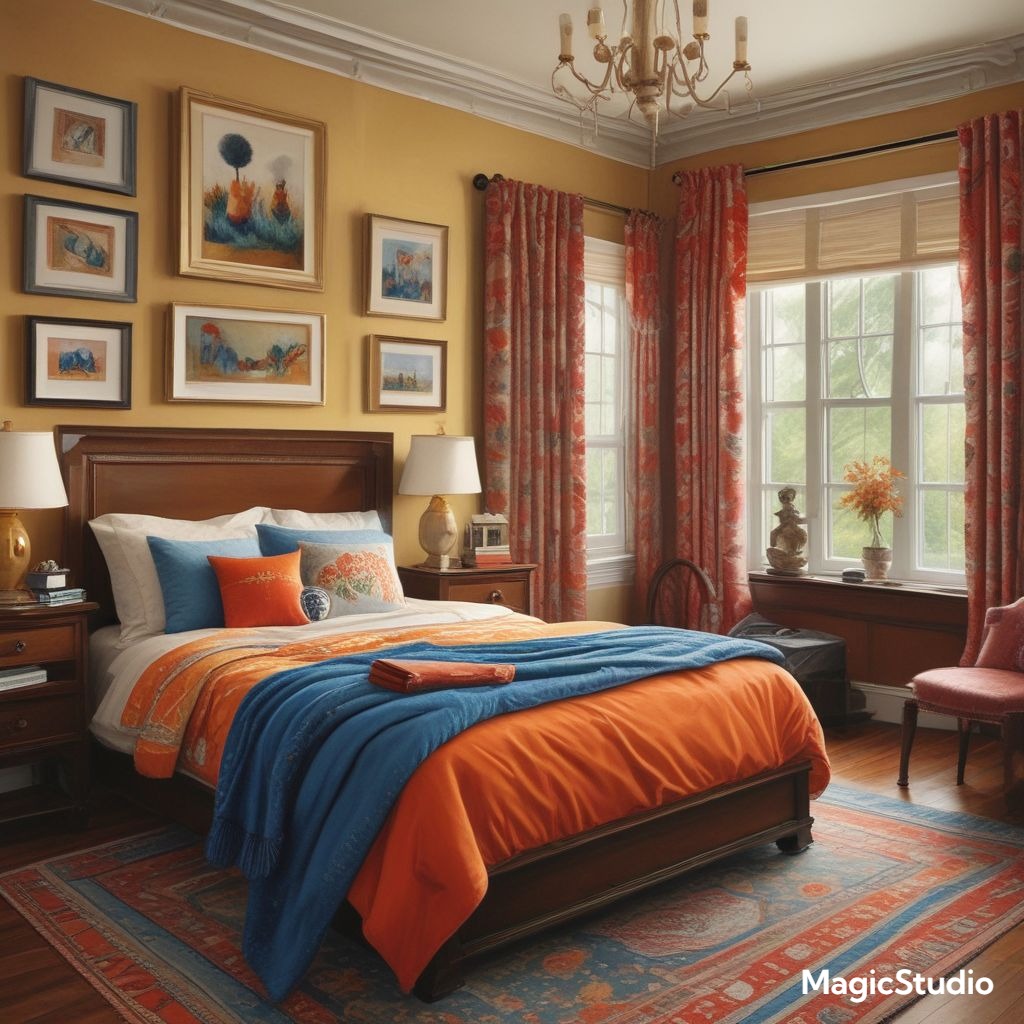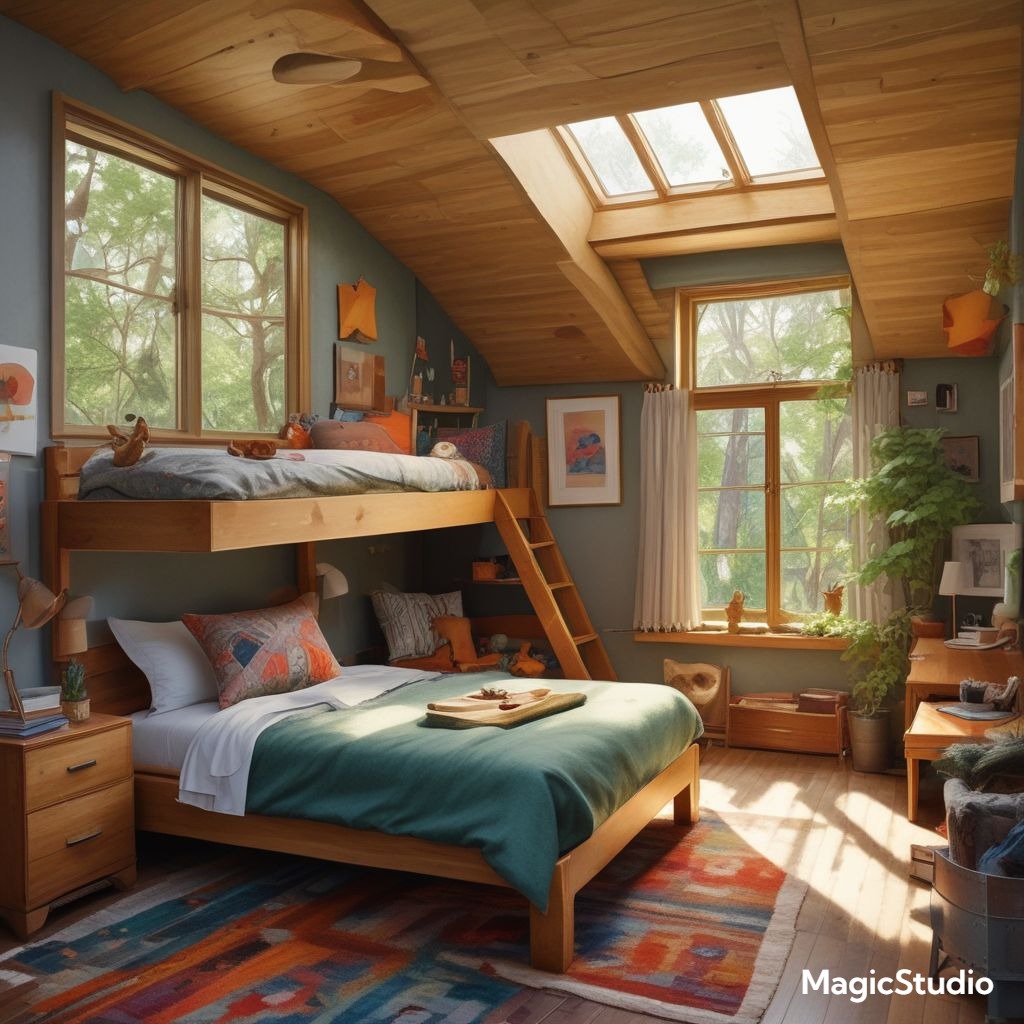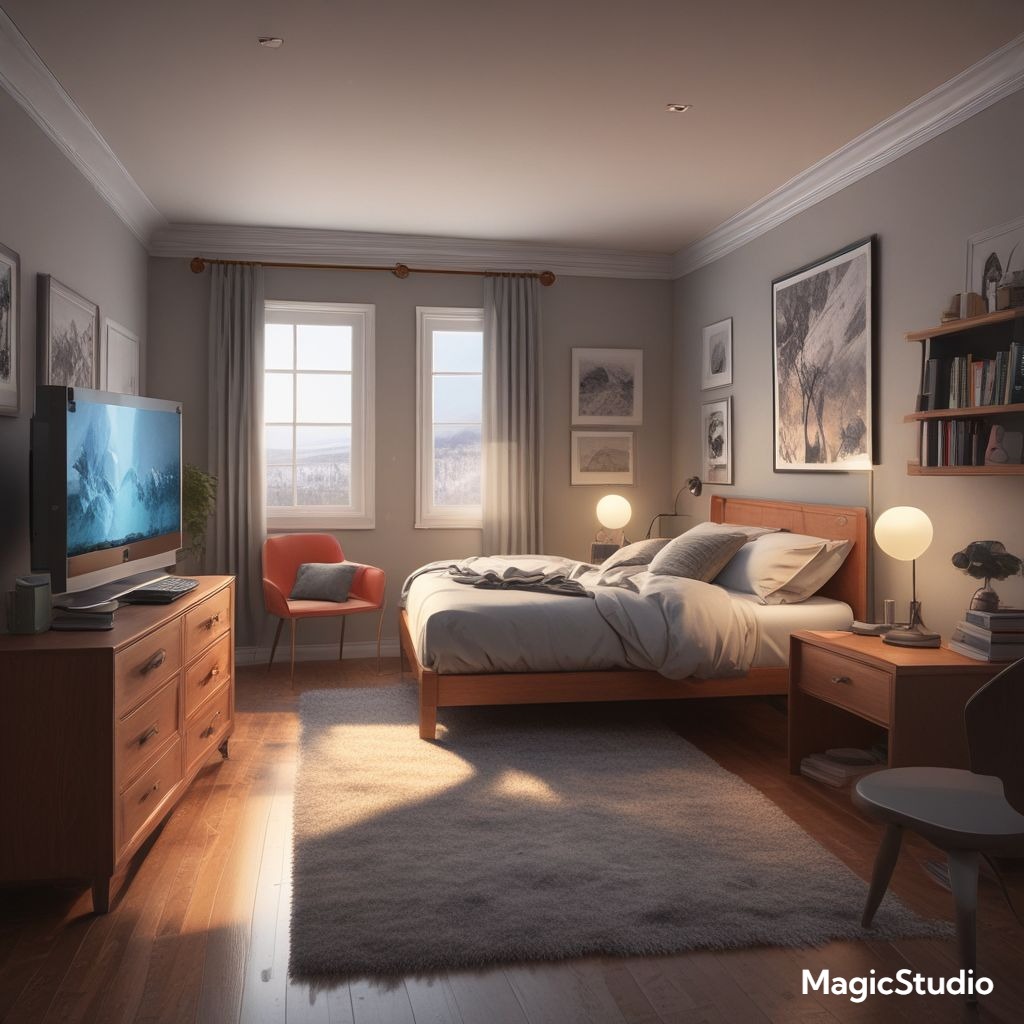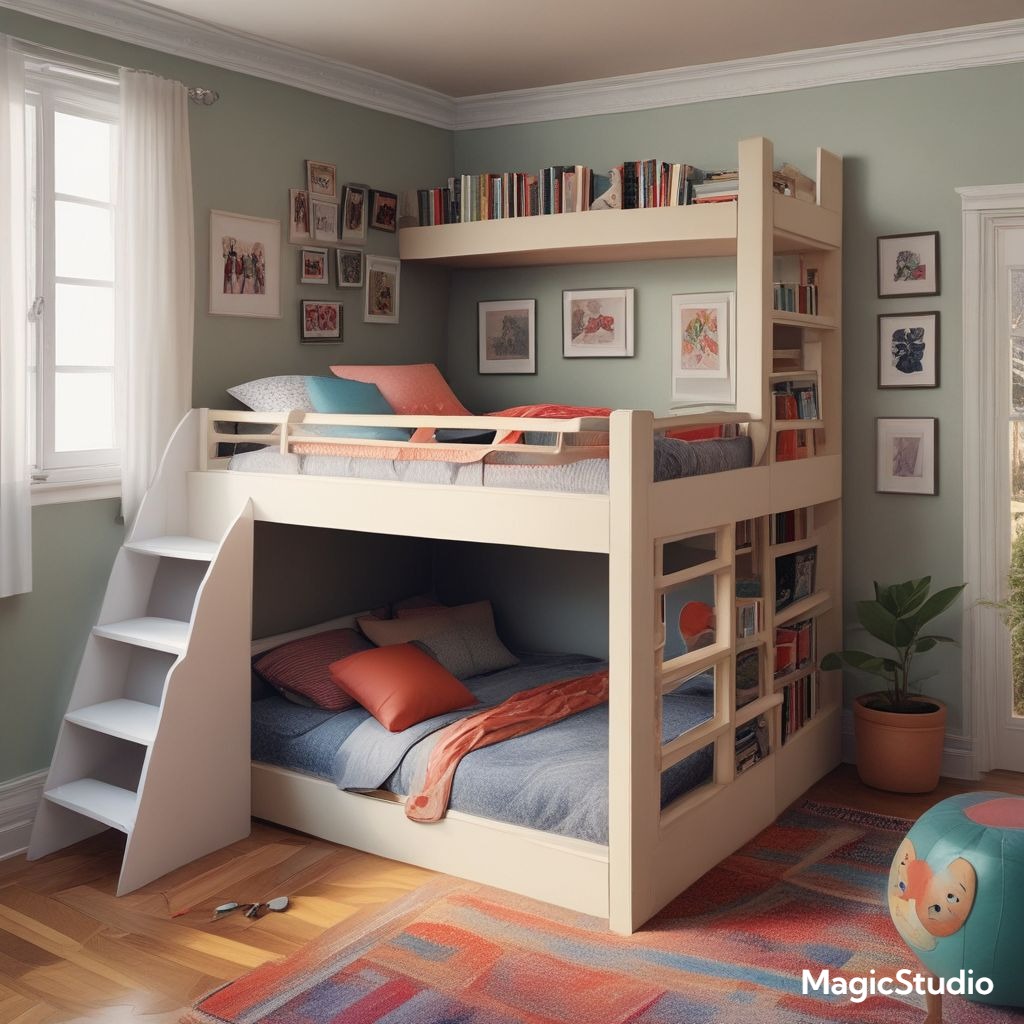Creating a kids’ bedroom that’s both stylish and functional can be a fun and rewarding challenge. You want a space that reflects your child’s personality, encourages creativity, and provides a restful environment for sleep. This guide offers 18 design ideas to inspire you, incorporating the latest trends and incorporating color palettes, styles, and elements to create a dream bedroom for your little ones.
Themed Adventures
Embrace the power of themes! This is where a child’s imagination truly comes alive. Consider a whimsical jungle theme, a magical fairytale forest, a sporty baseball haven, or an out-of-this-world space exploration. Use vibrant colors, playful textures, and themed accessories to bring the theme to life. For a jungle, think leafy green walls, animal prints, and a canopy bed. A fairytale forest might involve soft pinks, blues, and purples with twinkling fairy lights and whimsical furniture. Sports themes can incorporate team colors, sports equipment as decor, and a bold, graphic aesthetic. Space exploration can be achieved with dark blues, silvers, and stars, even incorporating a rocket ship bed or glow-in-the-dark constellations on the ceiling. The key is to use the theme as a springboard for creativity and ensure it reflects your child’s passions.
Coastal Breeze
Bring the calming feel of the beach indoors. A coastal theme is perfect for creating a serene and inviting space. Use a palette of cool blues, soft greens, and sandy browns, incorporating natural textures like woven baskets, rope accents, and driftwood elements. A nautical touch can be achieved with stripes, anchors, and seashells. The key is to create a relaxed and airy atmosphere that feels like a tranquil escape. Think light and airy fabrics, natural wood furniture, and pops of color from seashells and beach-themed decor. You could even add a hammock or a swing chair for a truly relaxed feel.
Modern Minimalism
For a clean and sophisticated look, consider a minimalist approach. This trend emphasizes simplicity, functionality, and a focus on essential elements. Choose a neutral color palette like white, gray, or beige, accented with a few bold pops of color. Streamlined furniture, geometric shapes, and natural materials like wood and leather create a minimalist feel. This style is great for promoting focus and calm, particularly for older children who appreciate a clean and uncluttered environment. The key is to ensure the space is functional and well-organized, making use of storage solutions that blend seamlessly into the design.
Bold & Bright Colors
Kids love color! Don’t shy away from incorporating bright and cheerful hues. A colorful palette can stimulate creativity and add a sense of energy to the space. Think vibrant yellows, oranges, greens, and blues. These can be used in bold geometric patterns, playful wall murals, or even as accents on furniture and accessories. You can also create a color gradient on the walls, starting with a deeper tone at the bottom and fading into a lighter shade towards the ceiling. The key is to use color in a way that feels balanced and cohesive, rather than overwhelming. Consider using neutral tones to ground the color palette, creating a sense of harmony.
Playful Patterns
Geometric patterns, animal prints, or whimsical designs add a fun and engaging element to a kid’s bedroom. You can use patterns on bedding, rugs, curtains, or even wallpaper. Choose patterns that complement the overall theme of the room and create a sense of energy and excitement. For a more sophisticated look, use patterns in subtle ways like incorporating a geometric pattern on the headboard or a subtle animal print on the throw pillows. For a more playful feel, you can use bold patterns and colors across different elements. The key is to avoid overusing patterns, as this can make the room feel cluttered and overwhelming. Use patterns as accents to complement the overall design.
Cozy & Comfortable
A kid’s bedroom should be a haven for relaxation and comfort. Create a cozy atmosphere with plush bedding, soft rugs, and comfortable seating. Use warm and inviting colors like cream, beige, or light blues. Incorporate textures like sheepskin, faux fur, or velvet for a touch of luxury. A canopy bed or a reading nook with a bean bag chair will make the room feel extra cozy. Consider adding some soft lighting, like a bedside lamp or a string of fairy lights, to create a relaxing ambiance. The key is to create a space that feels inviting and encourages your child to relax and unwind. Think about the details that make the room feel warm and welcoming, like a plush throw blanket or a basket filled with soft toys.
Natural Light & Ventilation
Maximizing natural light is essential for creating a bright and airy atmosphere. Ensure the bedroom has adequate windows for good ventilation and sunlight. Light colors on the walls and furniture will help reflect light, making the room feel spacious and inviting. Use sheer curtains or blinds to allow for natural light while still providing privacy. If the room has limited natural light, consider adding strategically placed lamps and mirrors to bounce light around the room. The key is to create a balance between light and shade, providing a comfortable and stimulating environment for your child.
Storage Solutions
Kids’ rooms tend to accumulate clutter! Smart storage solutions are key to keeping the space organized and tidy. Consider built-in shelves, drawers, and cabinets to maximize space. Use baskets, bins, and organizers to store toys, books, and other items. Label everything clearly to make it easy for your child to find what they need. You can even incorporate storage into the furniture, like a bed with drawers underneath or a bookcase with shelves for toys. The key is to make storage both functional and visually appealing, so it doesn’t feel like an afterthought. Consider incorporating fun and colorful storage solutions that match the theme of the room.
Wall Art & Decorations
Wall art and decorations can add personality and interest to a kid’s bedroom. You can use posters, framed artwork, or even a DIY wall mural. Choose pieces that reflect your child’s interests and create a stimulating environment. A gallery wall of framed photographs or artwork can add a personal touch. For a more playful feel, you can use colorful decals, stickers, or even fairy lights. The key is to create a balance between the wall art and the overall decor, ensuring it doesn’t overwhelm the space. Consider allowing your child to participate in selecting and hanging their favorite artwork, fostering a sense of ownership and creativity.
Interactive Elements
Incorporate interactive elements to encourage your child’s creativity and imagination. This could include a chalkboard wall for drawing and doodling, a magnetic board for displaying artwork, or even a small play area within the bedroom. You can also incorporate a projector for viewing movies or playing games. Encourage your child to personalize the space with their own creations and interests. The key is to create a stimulating and engaging environment that promotes play and exploration. Consider adding elements like a climbing wall or a play tent for younger children, or a desk area with comfortable seating for older children.
Personal Touches
Adding personal touches to a kid’s bedroom makes it feel truly special. This could include incorporating your child’s favorite colors, characters, or hobbies into the design. You can also display their artwork, trophies, or other meaningful items. Create a space that reflects your child’s personality and interests. The key is to strike a balance between personalization and a cohesive overall design. Encourage your child to contribute to the design process, allowing them to make choices and express their creativity. This will create a space that they feel proud of and connected to.
Sustainable Materials
Choosing eco-friendly and sustainable materials is becoming increasingly important for both adults and children. Look for furniture and decor made from recycled materials, natural wood, or organic cotton. Avoid using harsh chemicals or harmful materials in the room. You can also encourage your child to recycle and reuse materials, creating a sense of environmental responsibility. The key is to make sustainable choices that don’t compromise on style or functionality. There are many stylish and functional eco-friendly options available that can create a beautiful and healthy environment for your child. Look for certifications like Forest Stewardship Council (FSC) or Global Organic Textile Standard (GOTS) to ensure responsible sourcing.
Smart Technology
Integrating smart technology can enhance the functionality and comfort of a kid’s bedroom. Consider using smart lighting that can adjust the brightness and color temperature based on the time of day. A smart thermostat can help regulate the temperature, ensuring a comfortable sleep environment. A smart speaker can be used for playing music, audiobooks, or even controlling other smart devices. However, it’s important to use technology responsibly and promote healthy sleep habits. The key is to use smart technology to enhance the functionality and comfort of the room without creating distractions or promoting excessive screen time. Set limits on usage and consider a “screen-free” zone before bedtime.
Adaptable & Modular Furniture
Kids grow quickly, so choosing adaptable and modular furniture is a practical investment. This allows you to rearrange the furniture as your child grows and their needs change. Consider a bed frame with multiple configurations, like a bunk bed that can be converted into two twin beds. Modular shelving units can be adjusted to fit different needs and storage requirements. The key is to select furniture that can evolve with your child’s needs and interests, ensuring longevity and adaptability. Look for furniture made from high-quality materials that can withstand the test of time and accommodate changes as your child grows.
Playful Lighting
Lighting plays a crucial role in setting the mood of a kid’s bedroom. Use a combination of natural and artificial light to create a stimulating and comfortable environment. A ceiling light can provide general illumination, while lamps and fairy lights can add warmth and a touch of magic. Consider incorporating colorful lights or fixtures that reflect the theme of the room. You can even use a projector to create a starry night sky or other whimsical projections on the ceiling. The key is to create a layered lighting scheme that allows for flexibility and different moods throughout the day.
